In 1974, Swiss architect Bernard Tschumi developed the theme of fireworks as an architectural manifesto. Fostering a fierce reaction against the (then) rising architectural historicism, he staged a fireworks event at the Architectural Association in London, claiming for the value of words and signs (as opposed to images and spaces).
The “Fireworks 1974” was the first project by the architect and it was a visual translation of the first lines the architect wrote for his Manifesto 1: “Good architecture must be conceived, erected and burned in vain. The greatest architecture of all is the fireworks’: it perfectly shows the gratuitous consumption of pleasure.”
The original event, restaged at the same place in 2009, was comprised of four phases and based upon displays of lines, surfaces, points and superimpositions of the geometrical elements.
On June 20, 1992, the architect, who had worked on the design and construction of the Parc de la Villette in Paris since 1982, expanded the original theme of fireworks as architecture into a visual – three-dimensional rendition of the organizational principles of the park: the superimpositions of systems of points, lines and surfaces, through a second firework event that took place in the park in Paris.
The architect prepared a series of notational drawings, – partitions defining the event in space and time – in order to perform the fireworks. However, the newly developed language appeared incomprehensible to the technicians, who instead suggested being given instructions via words like “Bang Bang Bang”, “Bright”, or “Red”.
The event was witnessed by more than 100,000 people.








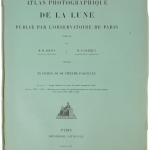
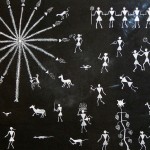
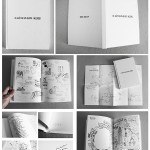
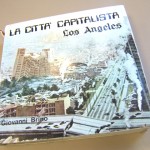
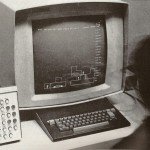
[…] Dans « la plus essentielle des cohabitations » (Derrida) qui relie la philosophie à l’architecture, l’entreprise de déconstruction de la métaphysique devait nécessairement irradier l’architecture elle-même. Jacques Derrida a notamment entretenu une relation aux architectes Peter Eisenmann et Bernard Tschumi. La folie du Parc de la Villette devait même sceller leur collaboration à tous trois (le projet « Choral Work » ne se fera cependant pas). Le déconstructivisme va jusqu’à la dissection, comme dans les anarchitectures de Gordon Matta-Clark, et jusqu’à la notation de l’éphémère, l’écriture de l’événement qui s’évanouit, tel un feu d’artifice. […]